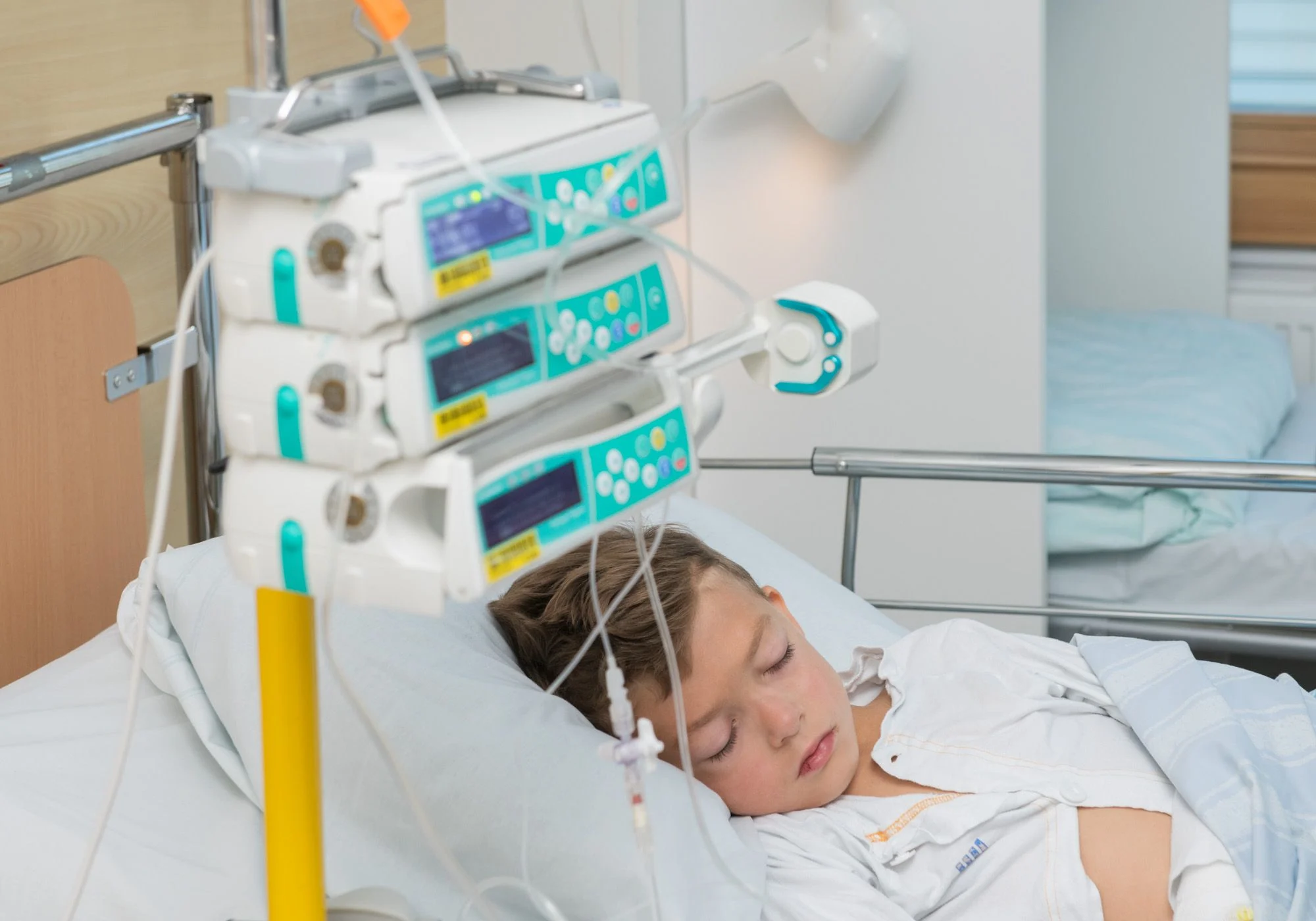A well-functioning pain relief helps the child become active and move around more quickly, which affects both healing and recovery.
The staff will continuously prevent, assess the need for pain relief, and provide appropriate treatment. As a close relative, you can help us by letting us know when you think your child is in pain or if the effect of the pain relief given is unsatisfactory.
Your child's pain management will begin early. This is to build up a concentration of the medication in the blood, which helps to dampen the body's own reactions to pain. Early pain treatment also means that a smaller amount of medication will need to be given.
To maintain steady concentrations of medications in the body, achieve the best effect, and avoid “pain spikes,” your child will also receive pain relief regularly, even if it doesn't seem like they are in pain at that moment. By giving pain relief regularly and preventing pain outbreaks, often smaller amounts of medication are needed. In addition, the risk of side effects such as constipation and nausea is reduced.
Often, a combination of medications that work in different ways, as well as different methods of administration, is used to achieve the best possible results in pain management.
It is common for pain relief to be given directly into the bloodstream through an intravenous access. In this case, the medication can be given as injections or as a continuous drip via a medicine pump. Pain relief can also be given orally as tablets or liquid mixture.
Pain relief with local anesthetics means that medication is applied or injected under the skin in single or repeated doses or via a drip. Local anesthetics prevent pain transmission in the nerves that supply the area where the medication is used. The numbing cream, which the child receives before the intravenous access is placed, is a form of local anesthesia.
With pain relief using a nerve block, local anesthetics are injected near a nerve-rich area, thereby numbing the nerve's distribution area. A nerve block can be given either as a one-time treatment or by placing a thin tube where the medication can be administered during and after surgery.
Epidural anesthesia is an example of a nerve block where a tube is inserted into the child's back. When epidural anesthesia is used, the bladder is often affected by the anesthesia, which means that the child does not feel when they need to urinate. Therefore, in most cases, the child also has a tube into the bladder. This tube can make the child feel the need to urinate even when the bladder is empty. An epidural can also affect the strength and sensation in the legs. It is important that the child is informed about this and that the thin plastic tube does not hinder movement or lying on their back in bed.
Morphine is often used for pain relief during major procedures or injuries. In this context, it is important to point out that there is no risk of your child developing a substance use disorder when morphine is used as part of pain management. If your child has received morphine for a longer period, the dosage is usually gradually reduced to avoid pain breakthroughs and withdrawal symptoms.
